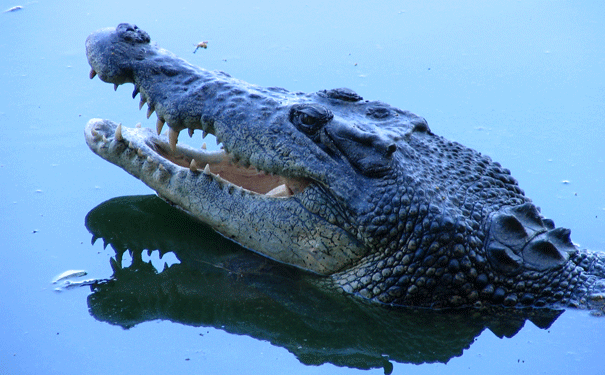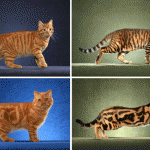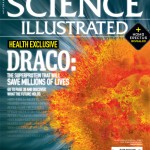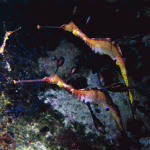
The saltwater crocodile was hunted for its skin in Australia before being placed under protection. Image: The University of Sydney
Good news for the crocodile industry in Australia.
A team of international scientists, including researchers from The University of Sydney, has completed the genome sequence of the saltwater crocodile, which could have enormous potential benefits for the crocodile industry in Australia.
“We had previously completed a genome map for the saltwater crocodile but this is a huge leap forward,” USYD researcher Chris Moran said. “Genome sequencing is the next step… The difference between genome mapping and genome sequencing is the difference between having a map of Australia on a single page and a detailed street directory.”
USYD researchers took blood samples from a large, adult male saltwater crocodile and sent them to researchers in the US — who were working on the alligator’s genome sequence. The results can be used to develop information to perfect crocodile breeding techniques, a method already used to select traits in dairy cattle and other domestic species.
The genome sequence will revolutionise breeding methods for crocodiles, which do not become sexually mature until they are seven years old. “Crocodiles take a much longer time to mature than most conventional domestic species,” Moran said.
The breeders usually wait for seven years to choose their breeding stock. But the new techniques will allow them to take a DNA sample from a hatchling and decide if it is suitable for breeding. “This will be possible because the genome sequence identifies genetic markers which provide information on the likely health and breeding quality of an animal,” explained Moran.
Some crocodiles are used for skin production when they are two or three years of age, so obtaining its growth rate beforehand is essential for the industry. According to Moran, a substantial part of the growth rate is genetically determined, making it possible in the near future to select individuals with a high growth rate that would mature earlier.
Other genetically determined characteristics include survival rate, resistance to diseases and temperament. A docile temperament would reduce fights and accidental scratches, which downgrade quality of their skin.
The US researchers are interested in the evolutionary history of the crocodile and the alligator, which diverged 103 million years ago but retained a similar body shape. “The difference between alligators and crocodile, in terms of their evolutionary history, is like the differences between a human and a kangaroo,” said Moran.
The researchers hope to develop a better understanding of the evolutionary relationships between crocodiles, alligators and gavial, which are suggested to be a separate family.






